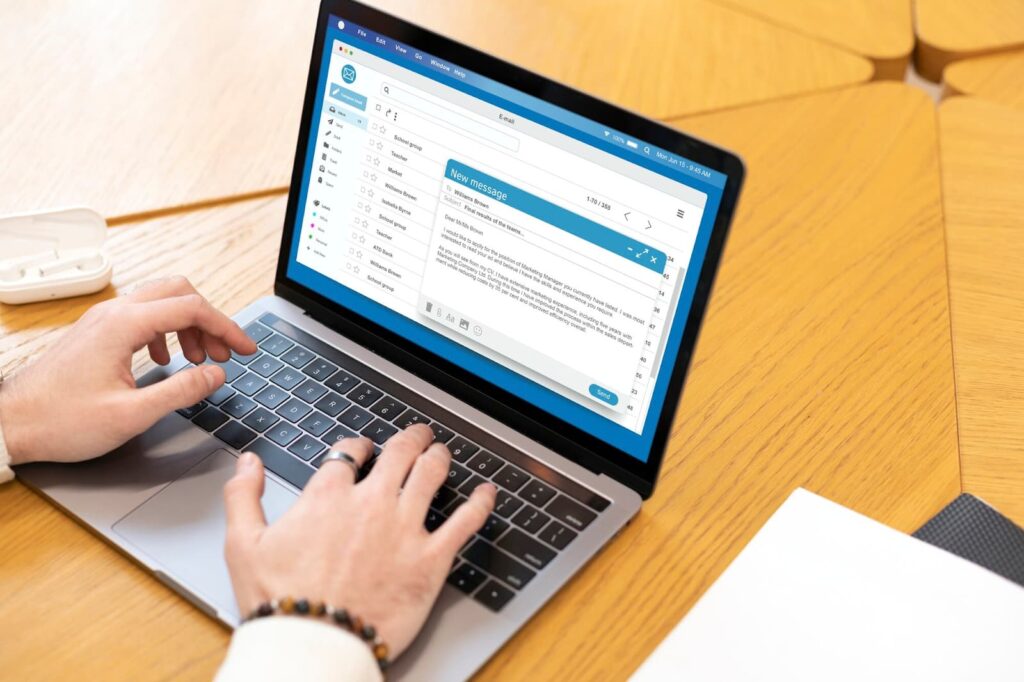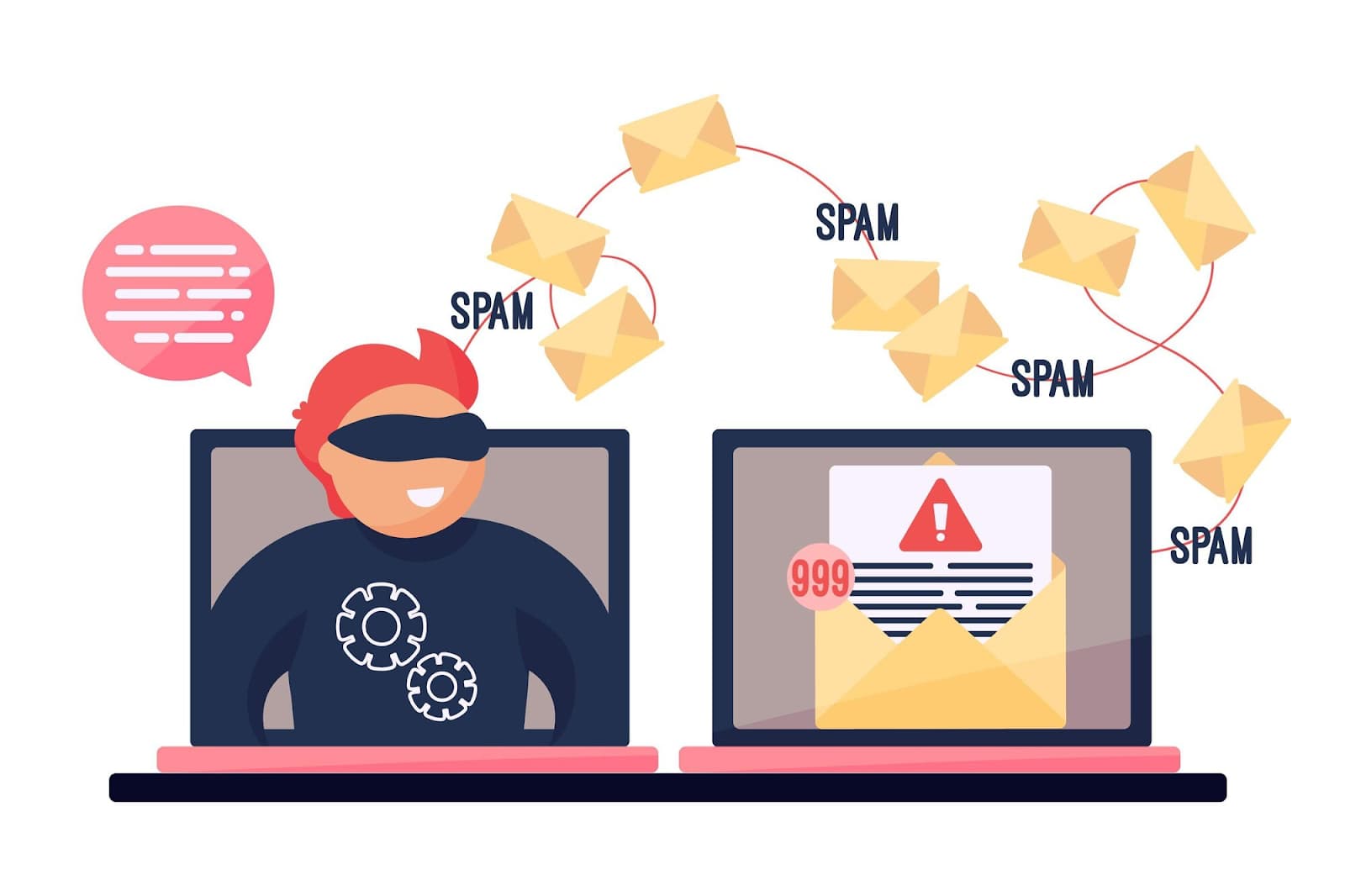Sextortion emails have become increasingly common, with cybercriminals using fear and intimidation to extort money from unsuspecting individuals. These emails often claim to have compromising information about the recipient and threaten to expose them unless a ransom is paid. It can be a distressing experience to receive such an email, but it’s essential to stay calm and assess the situation carefully. In this article, we will discuss how to determine if a sextortion email is real and provide you with the tools to protect yourself from falling victim to these scams.
Understanding Sextortion Emails
Recognizing Common Characteristics
Sextortion emails typically follow a similar pattern in their content and delivery. They often claim to have obtained explicit material of the recipient through hacking or malware and threaten to share it with their contacts unless a payment is made. The language used is usually aggressive and designed to instill fear and panic in the recipient.
Verifying Sender Information
One way to assess the legitimacy of a sextortion email is to examine the sender’s information carefully. Check the email address from which the message was sent and look for any inconsistencies or irregularities. Legitimate organizations or law enforcement agencies will not use generic email addresses or demand payment via untraceable methods.
Seeking Professional Help
If you are unsure about the authenticity of a sextortion email, it is advisable to seek help from cybersecurity experts or law enforcement agencies. They can assist you in analyzing the email, identifying potential threats, and taking appropriate action to safeguard your personal information.
Analyzing the Threat Level
Assessing the Credibility of Claims
Cybercriminals often make exaggerated claims in sextortion emails to intimidate recipients into compliance. Take a critical look at the information provided in the email and evaluate its credibility. Consider whether the alleged compromising material could realistically exist and whether the threats are feasible.
Evaluating Personal Security Measures
Review your online security practices and assess the likelihood of your devices being compromised. Ensure that your passwords are strong and unique for each account, and regularly update your security software to protect against malware and hacking attempts. By strengthening your defenses, you can reduce the risk of falling victim to extortion schemes.
Monitoring Online Activity
Keep a close eye on your online accounts and activity following the receipt of a sextortion email. Look out for any suspicious behavior, such as unauthorized access attempts or changes to your accounts. Report any unusual incidents to your service providers and consider implementing additional security measures to prevent further breaches.
| Signs of a Legitimate Sextortion Email | Signs of a Fake Sextortion Email |
|---|---|
| Contains specific personal information | Uses generic language and threats |
| Demands payment in cryptocurrency or untraceable methods | Lacks concrete evidence of compromising material |
| Includes a deadline for payment | Fails to provide verifiable details or contact information |
Responding to Sextortion Emails
Avoiding Immediate Payment
When faced with a sextortion email, resist the urge to make an immediate payment out of fear or panic. Cybercriminals rely on victims’ emotional responses to pressure them into compliance. Take the time to assess the situation calmly and consider your options before taking any action.
Contacting Law Enforcement
If you believe that a sextortion email poses a genuine threat to your safety or privacy, contact your local law enforcement agency immediately. Provide them with all relevant information, including the contents of the email and any supporting evidence. Law enforcement professionals can guide you on the best course of action to protect yourself.
Blocking and Reporting the Sender
After evaluating the credibility of a sextortion email, block the sender’s email address to prevent further communication. Additionally, report the email as spam or phishing to your email provider to help prevent similar messages from reaching other potential victims. By taking these steps, you can limit the impact of the extortion attempt.
- Do not engage with the sender: Avoid responding to or negotiating with the sender of a sextortion email, as this may encourage further harassment;
- Document all communications: Keep records of any sextortion emails received, including dates, times, and content, to provide to authorities if necessary;
- Seek support: If you feel overwhelmed by the situation, reach out to trusted friends, family members, or mental health professionals for support and guidance.

Educating Yourself on Cybersecurity
Increasing Awareness of Online Threats
Stay informed about the latest cybersecurity threats and trends to better protect yourself from potential risks. Familiarize yourself with common tactics used by cybercriminals, such as phishing scams and malware attacks, and learn how to identify warning signs of malicious activity.
Implementing Strong Security Practices
Take proactive steps to enhance your online security posture by implementing robust security measures. Use secure passwords, enable two-factor authentication where available, and regularly update your software and devices to patch vulnerabilities. By staying vigilant and proactive, you can reduce your susceptibility to cyber threats.
Engaging in Cybersecurity Training
Consider participating in cybersecurity training programs or workshops to improve your knowledge and skills in protecting your digital assets. Many organizations offer free resources and courses aimed at educating individuals on cybersecurity best practices and threat mitigation strategies.
Cybersecurity Best Practices:
- Use complex, unique passwords for each online account;
- Enable two-factor authentication for an added layer of security;
- Be cautious when clicking on links or downloading attachments from unknown sources.
Legal Implications and Reporting Procedures
Understanding Legal Recourse
In cases where sextortion emails involve criminal activities, such as blackmail or extortion, victims may have legal recourse to pursue justice. Consult with legal professionals or law enforcement agencies to explore options for reporting the incident and seeking legal remedies against the perpetrators.
Reporting to Authorities
If you have received a sextortion email that constitutes a criminal offense, report it to the relevant authorities promptly. Provide detailed information about the incident, including the contents of the email, any attached files, and communication with the sender. Law enforcement agencies can investigate the matter and take appropriate action.
Seeking Victim Support Services
Victims of sextortion and online extortion may experience emotional distress and trauma as a result of these incidents. Seek support from victim advocacy organizations or counseling services to address the psychological impact of the extortion attempt and receive guidance on coping strategies.
| Steps to Take After Receiving a Sextortion Email |
|---|
| Do not respond to the email or engage with the sender. |
| Preserve evidence by saving the email and any related communications. |
| Report the incident to law enforcement and seek legal advice if necessary. |
Conclusion
In conclusion, receiving a sextortion email can be a frightening experience, but it is crucial to remain calm and approach the situation with caution. By understanding the characteristics of sextortion emails, assessing the threat level, and responding appropriately, you can protect yourself from falling victim to these scams. Educating yourself on cybersecurity best practices, legal implications, and reporting procedures is essential in safeguarding your personal information and preventing extortion attempts. Remember to stay vigilant, seek assistance from professionals when needed, and prioritize your online security to mitigate the risks associated with sextortion emails.


Leave a Reply